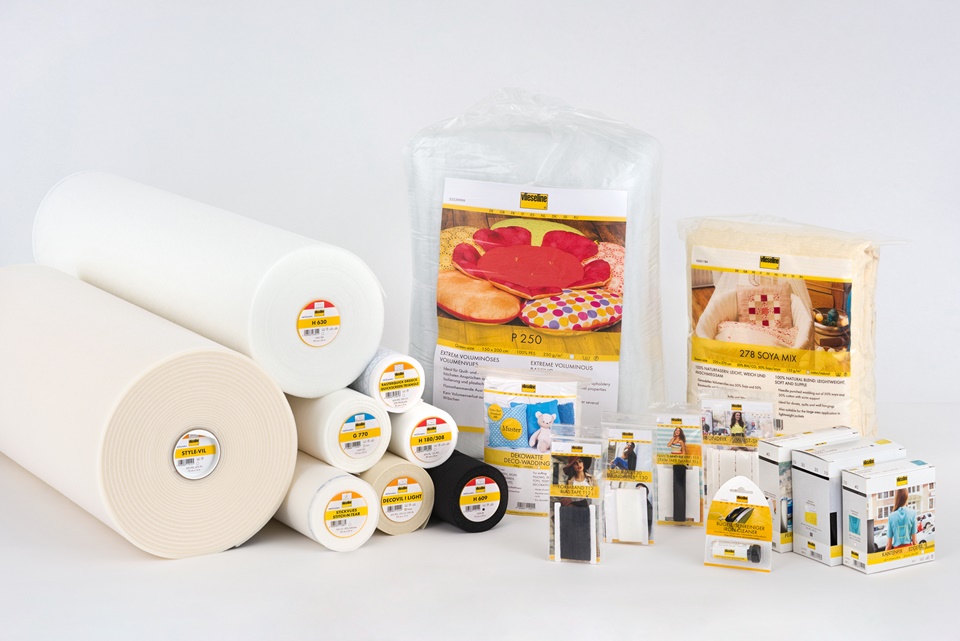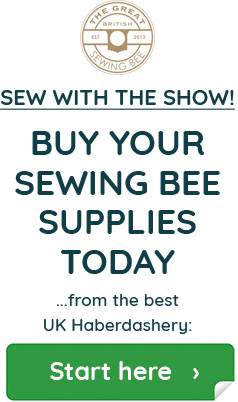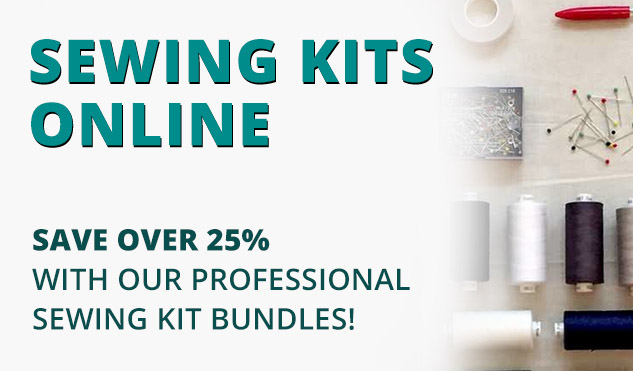When it comes to creating beautiful and professional-looking sewing projects, the key lies not only in choosing the right fabric but also in using the appropriate interfacing. Interfacing fabric is a hidden hero in the world of sewing, providing structure, support, and stability to your creations. In this post, we’ll explore what interfacing fabric is, its types, and how to use it effectively to take your sewing projects to the next level!
What is Interfacing Fabric?
Interfacing fabric is a special material used in sewing to reinforce and stabilise certain areas of a garment or project. It is typically hidden between the layers of fabric, adding structure without being visible from the outside. The main purpose of interfacing is to prevent fabrics from stretching, sagging, or wrinkling, ensuring that your finished piece looks polished and professional.
Types of Interfacing Fabric
- Fusible Interfacing: Fusible interfacing has an adhesive coating on one side that bonds to the fabric when heat is applied, usually with an iron. It is the most common type of interfacing and comes in various weights, from lightweight to heavy-duty. Fusible interfacing is easy to use and suitable for a wide range of projects, including garments, bags, and crafts.
- Sew-In Interfacing: As the name suggests, sew-in interfacing is stitched to the fabric rather than fused. It offers a softer, more flexible result compared to fusible interfacing, making it ideal for lightweight and delicate fabrics. Sew-in interfacing is often preferred for projects where fusible adhesives might not be suitable.
- Knit Interfacing: Knit interfacing is specially designed for stretchy and knit fabrics, like jersey and spandex. It allows the fabric to retain its stretch while providing stability. Knit interfacing is commonly used for cuffs, collars, and waistbands in garments.
- Woven Interfacing: Woven interfacing is made of a woven fabric similar to cotton or polyester. It is versatile and works well with both woven and knit fabrics. Woven interfacing is available in different weights, offering varying levels of support.
How to Use Interfacing Fabric
- Pre-Wash: Before using interfacing, it is essential to pre-wash the fabric to prevent any shrinkage that might occur later during washing.
- Cutting: Cut the interfacing fabric according to your pattern pieces. Be sure to cut the interfacing slightly smaller than the corresponding fabric pieces to avoid it from showing on the garment’s edges.
- Fusing: If using fusible interfacing, place the adhesive side onto the wrong side of the fabric. Cover it with a pressing cloth and iron the pieces together following the manufacturer’s instructions. Take care not to use excessive heat, as it may damage delicate fabrics.
- Sewing: For sew-in interfacing, pin the interfacing to the fabric pieces and then stitch them together following your pattern instructions.
- Trim and Grade: After interfacing is applied, trim any excess interfacing from the seam allowances and grade the seams to reduce bulk.
To sum up…
Interfacing fabric is an indispensable tool in the hands of a skilled sewer. By adding support and structure, interfacing elevates your sewing projects from amateur to professional. Whether you’re working on garments, accessories, or crafts, choosing the right type of interfacing and using it correctly can make a world of difference in the final outcome! So the next time you embark on your next sewing project, don’t forget to add the all-important interfacing to creating stunning and well-tailored pieces!
Check out our fully stocked range of sew in, fusible, woven and non woven interfacings available for fast delivery at William Gee’s Haberdashery.

















 We’re thrilled to announce that we’ve partnered with Tree Nation, the platform to reforest the world & fight climate change! Home to over 90 planting projects in 33 countries, Tree Nation is a non-profit organisation that helps people & companies offset their CO2 emissions.
We’re thrilled to announce that we’ve partnered with Tree Nation, the platform to reforest the world & fight climate change! Home to over 90 planting projects in 33 countries, Tree Nation is a non-profit organisation that helps people & companies offset their CO2 emissions.